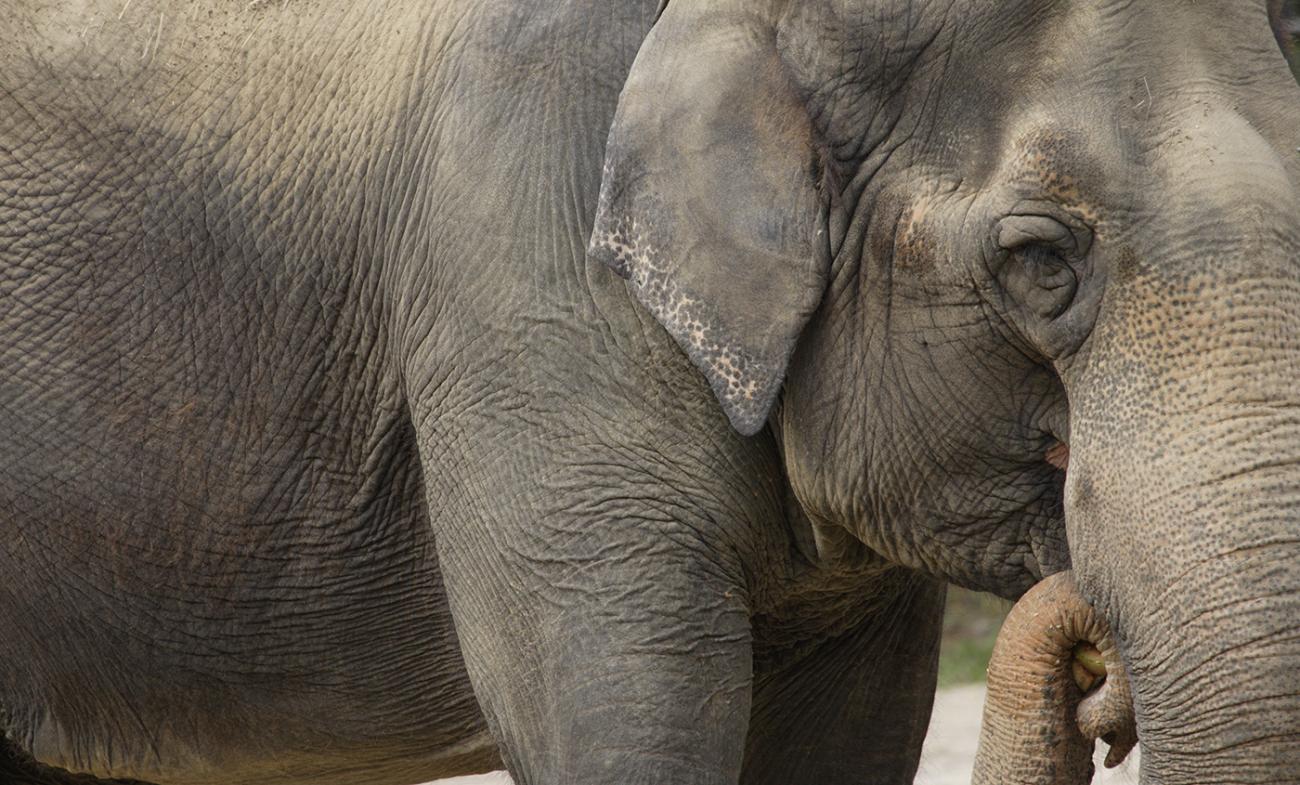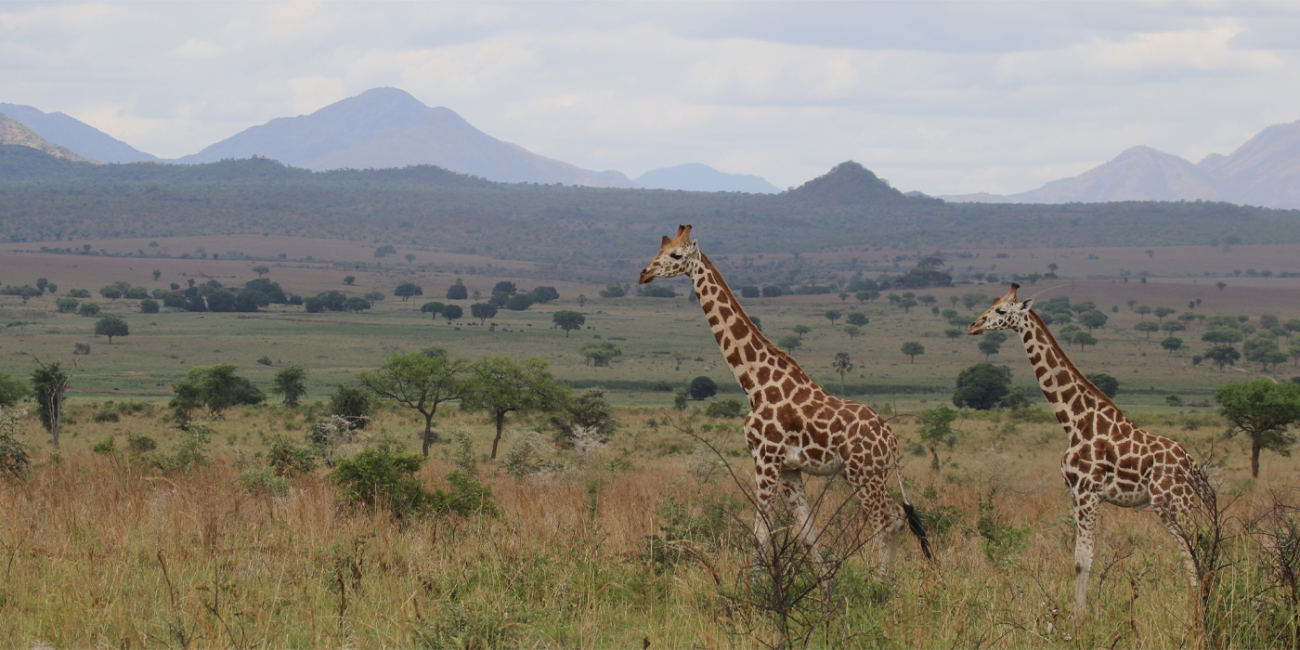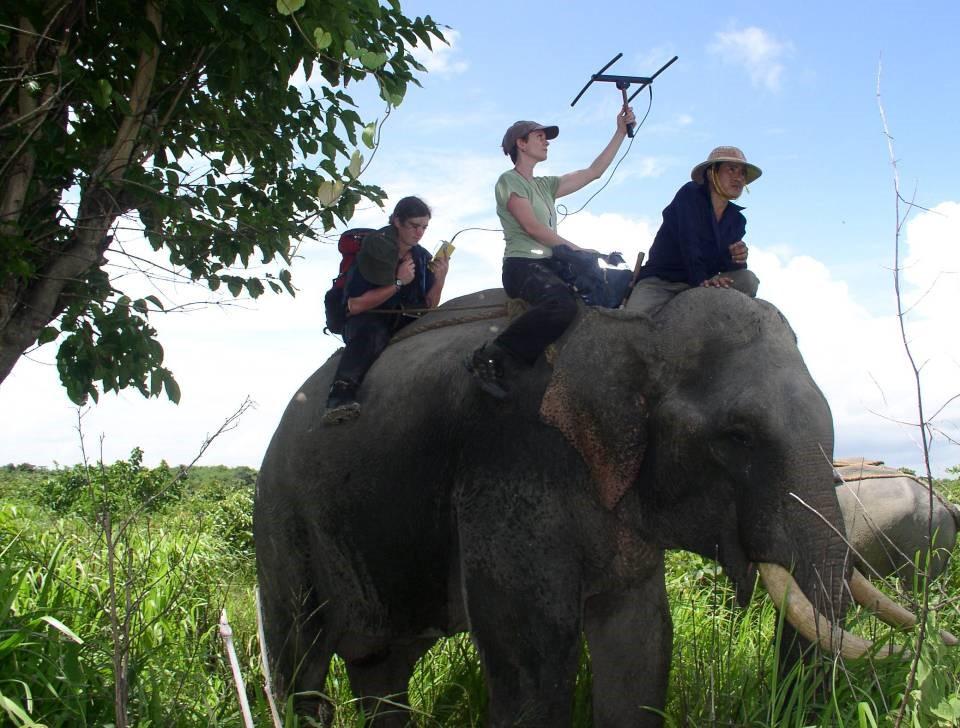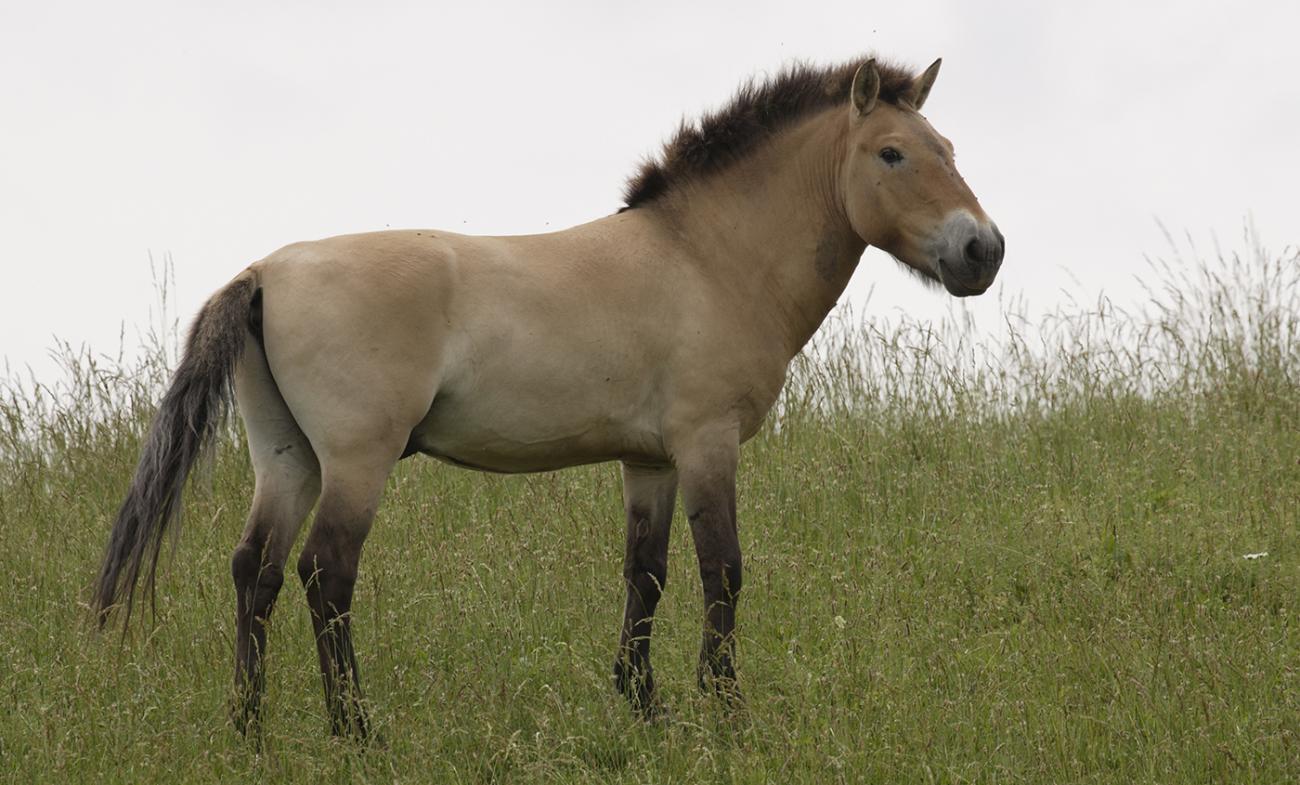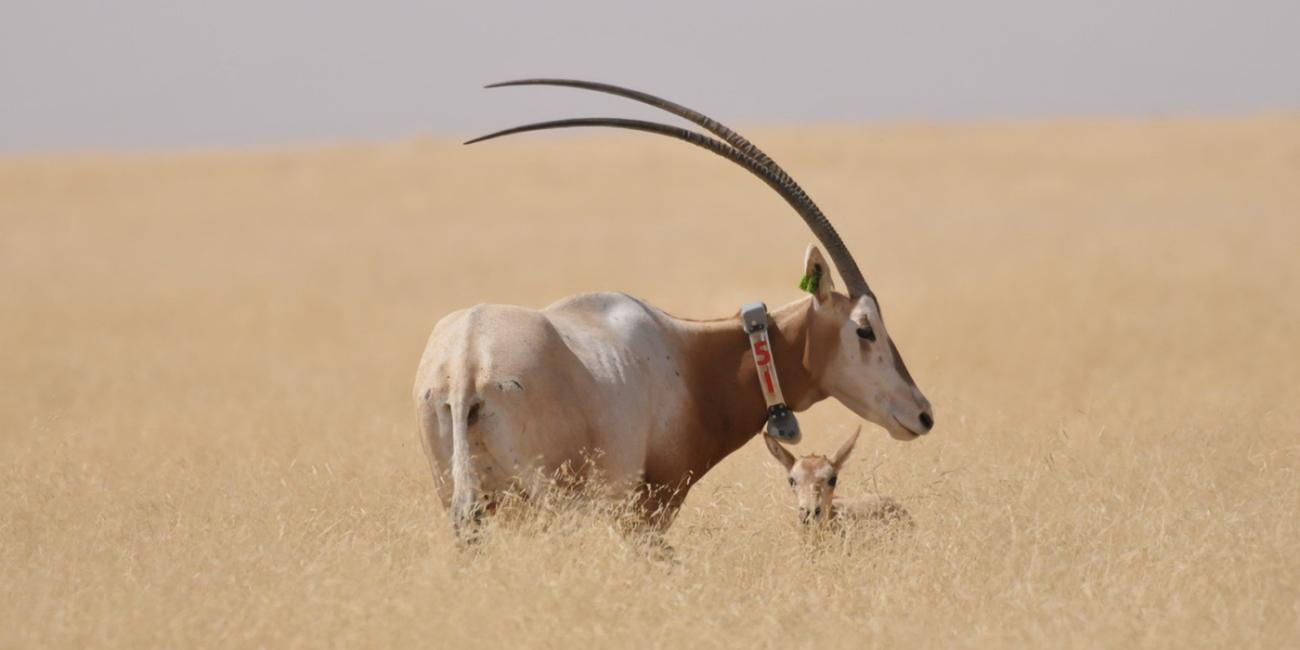Biography
From 2015 to 2024, Peter directed NZCBI's Conservation Ecology Center which saves species and ecosystem through basic and applied research and the development of new cutting-edge analytical tools and models. During his time as a scientist, Peter developed a broad and diverse research program ranging from mapping deforestation in Myanmar to studying basic Asian elephant ecology, and developing sustainable cattle ranching in the Pantanal. This research, has resulted in over 130 peer-reviewed publications that address critical species and ecosystem conservation issues globally. Peter also has over 25 years of experience in developing and managing international conservation programs and partnerships, including projects in Myanmar, Sri Lanka, Mongolia, China, Thailand, Malaysia, and Brazil.
Peter believes that training the next generation of conservation professionals is the most effective way to advance and sustain global biodiversity conservation. He and his research group have spearheaded internationally renowned training programs in applying spatial technologies for conservation of endangered species and ecosystems around the world. Peter also serves as an affiliate professor at Colorado State University, George Mason University, the Federal University of Paraná in Brazil, and University College London. He has mentored 15 post-doctoral students, 10 PhD students, 12 MSc students, and >100 interns.